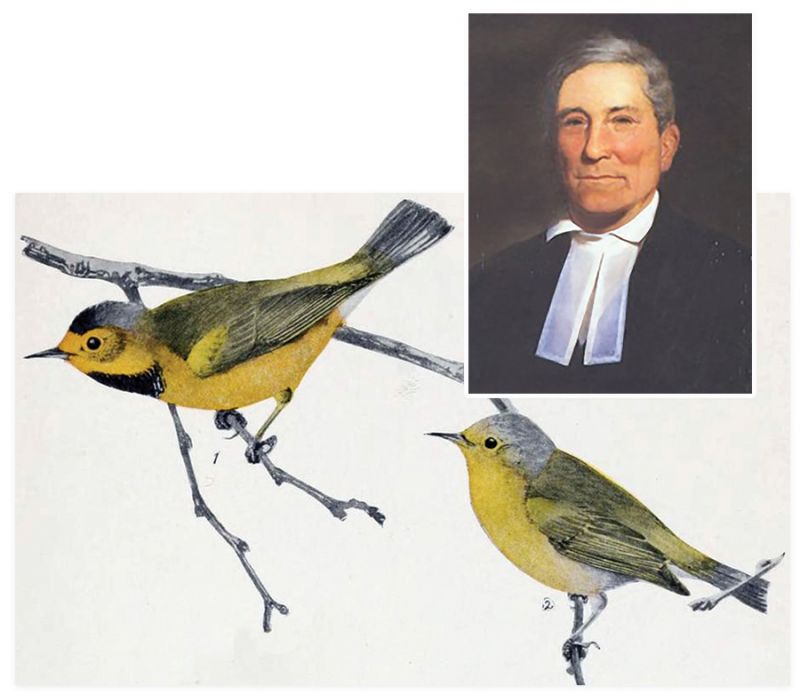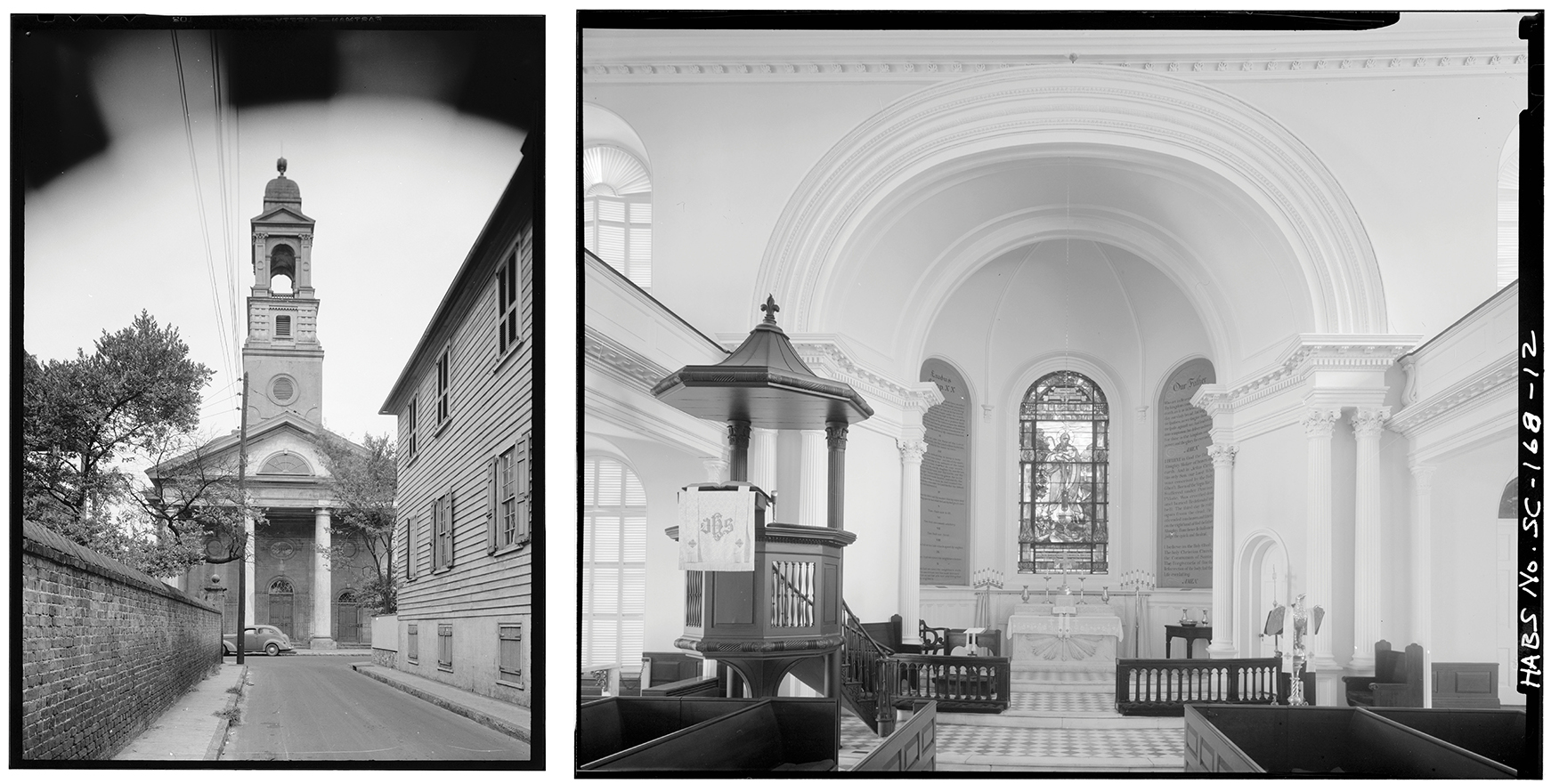Bachman arrived in Charleston in January 1815 and befriendsed naturalist John James Audubon

John James Audubon named the Bachman warbler after his friend John Bachman (inset above).
High among those who’ve enriched the Lowcountry by becoming a Charlestonian by choice is Reverend John Bachman.
Born in Rhinebeck, New York, in 1790, Bachman arrived here on January 10, 1815, to lead St. John’s Lutheran Church on Archdale Street, which he did for the next 56 years. He married Harriet Martin on January 16, 1816, and when not doing God’s work, turned to God’s creations, studying local flora, fauna, and birds.
It was his knowledge of the latter that brought artist, naturalist, and ornithologist John James Audubon to him on his first visit here in 1831. Audubon eventually stayed with the Bachmans on Rutledge Avenue, and the families grew close as they joined forces to help Audubon achieve his life’s work. Two of Bachman’s daughters married sons of Audubon; Bachman’s second wife, Maria Martin, helped illustrate Audubon’s landmark books, Birds of America (1827-38); and Bachman later contributed much of the scientific text for Audubons’ The Viviparous Quadrupeds of North America (1845-49).

St. John’s Lutheran Church and its pulpit, where John Bachman served as pastor for 56 years.
Bachman was complex: although he was an enslaver, he made it possible for Black Charlestonians to be ordained as Lutheran ministers (beyond South Carolina’s borders), and he stood his ground when other scientists, including Louis Agassiz of Harvard, argued that Black people and white people did not share a common ancestor. Bachman’s 1850 book, The Doctorine of the Unity of the Human Races, was a landmark scientific work repudiating a prejudicial pseudoscience. But he supported the “Southern cause” in the Civil War.
Bachman died on February 24, 1874, and was laid to rest in St. John’s Lutheran Church. His contributions to natural history were major; yet the Bachman warbler, named for him by Audubon, is classified as extinct, having not been sighted since the 1960s.